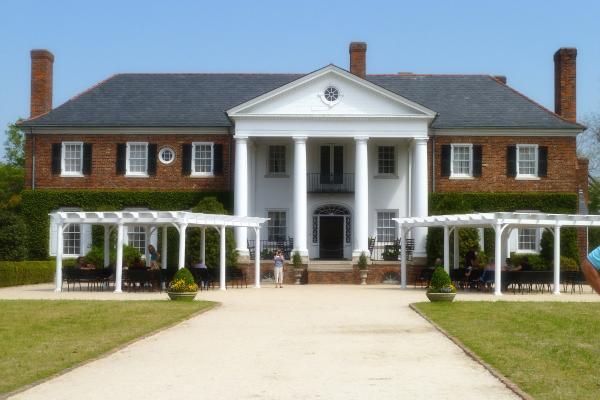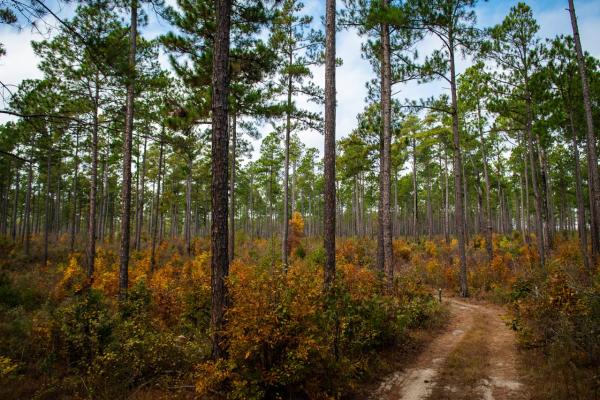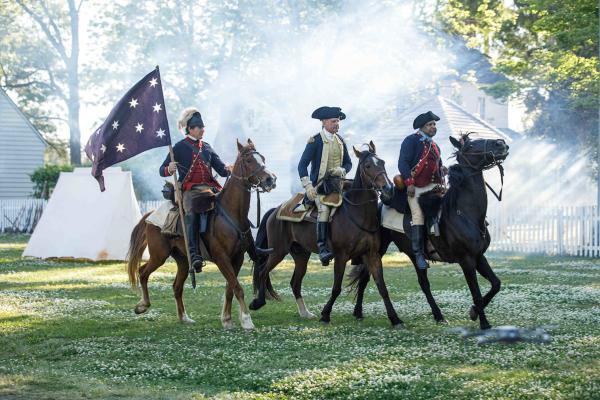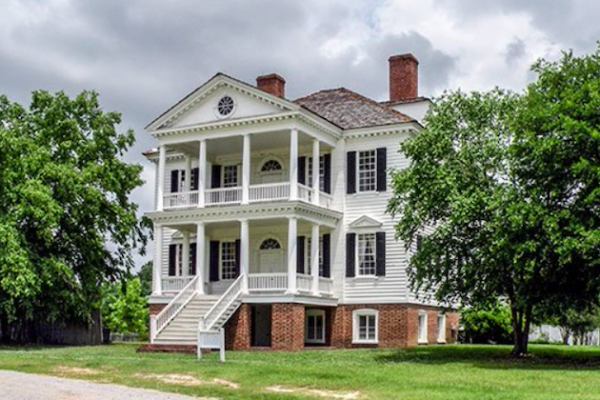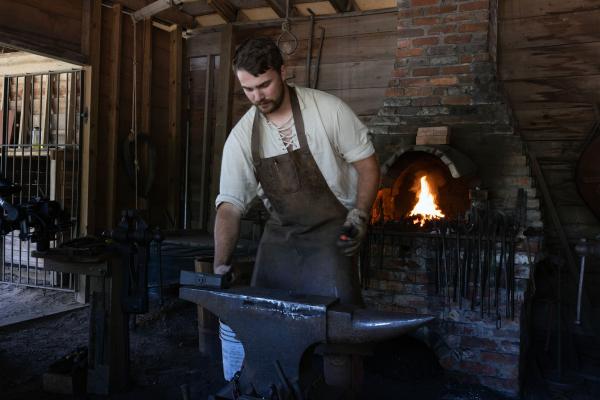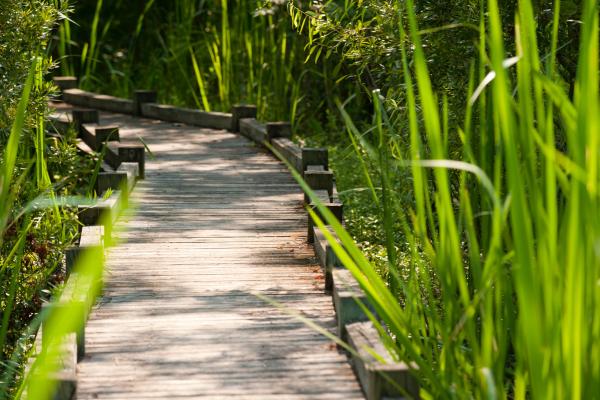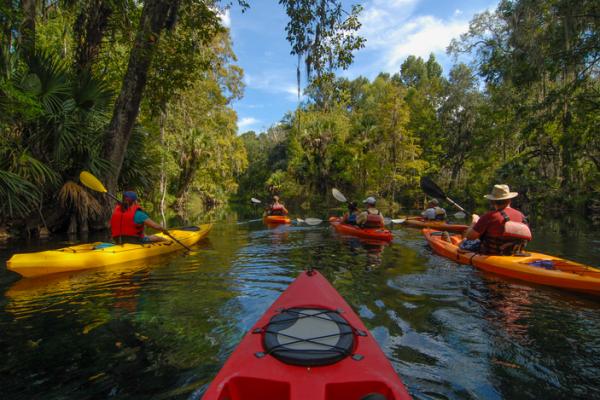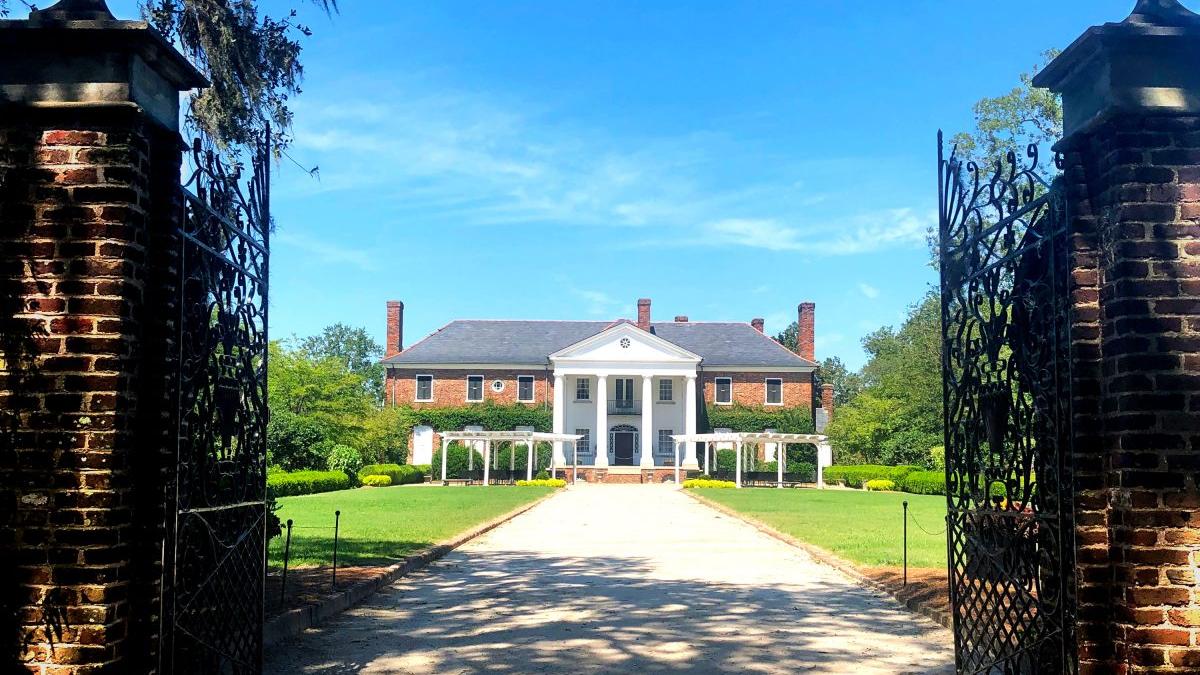
Boone Hall Plantation & Gardens
Reposted from battlefields.org by Mark Maloy
Charleston is well known for the numerous plantations that dot the areas of the Lowcountry around it. One of the most famous and most visited is Boone Hall plantation. With large majestic southern oaks lining the road from the entrance to the house, Boone Hall is one of the more recognizable southern plantations.
Boone Hall was first established in 1681 by colonist Major John Boone. The Boone family owned the plantation for more than 130 years. During this time, there were three different houses built on the site. The first two were destroyed by a fire and a hurricane, respectively. Two of the Boone family descendants were John and Edward Rutledge, prominent Patriots in the American Revolution. It is believed that around 1743, the Boone family began planting the famous oak alley that led to the main house. Nearby, between 1790 and 1800, multiple brick slave cabins were built on the plantation, and they still stand today.
The plantation was sold to Thomas Vardell in 1811 and sold again in 1817 to the Horlbeck family. The Horlbecks were descended from German immigrants to the Charleston area. Unlike most of the wealthy plantations in the Lowcountry that grew rice or indigo, the Horlbeck family grew cotton on the plantation and had a cotton gin for processing the cash crop. They also had a brick-making business on the plantation as well. Clay was dug up and molded into bricks and fired in brick kilns. Many bricks made at Boone Hall were used in buildings in downtown Charleston and places like Fort Sumter in the antebellum period.
After the American Civil War, numerous pecan trees were planted on the plantation, and it became a major cash crop. In 1935, the plantation was sold to a Canadian, Thomas Stone. Stone demolished the dilapidated house on the plantation and built a new house on the site in a colonial revival style that stands today. The plantation had several different owners until the McRae family acquired the property in the 1950s. They worked to restore the property and open it up to the public for tours.
The plantation has become world famous not only for its history but also for being frequently filmed in television and films. The plantation was the home of Orry Main (Patrick Swayze) in the popular 1985 miniseries North and South. It also was featured in the 2004 romance movie, The Notebook. Today, people travel to Boone Hall to get a sense of antebellum life in the Lowcountry of South Carolina. The plantation hosts tours, exhibits, and special events about Charleston’s rich history.
Uncovering History
We invite you to visit the preserved locations along the Liberty Trail and to immerse
yourself in the extraordinary events that determined the fate of a nation.
